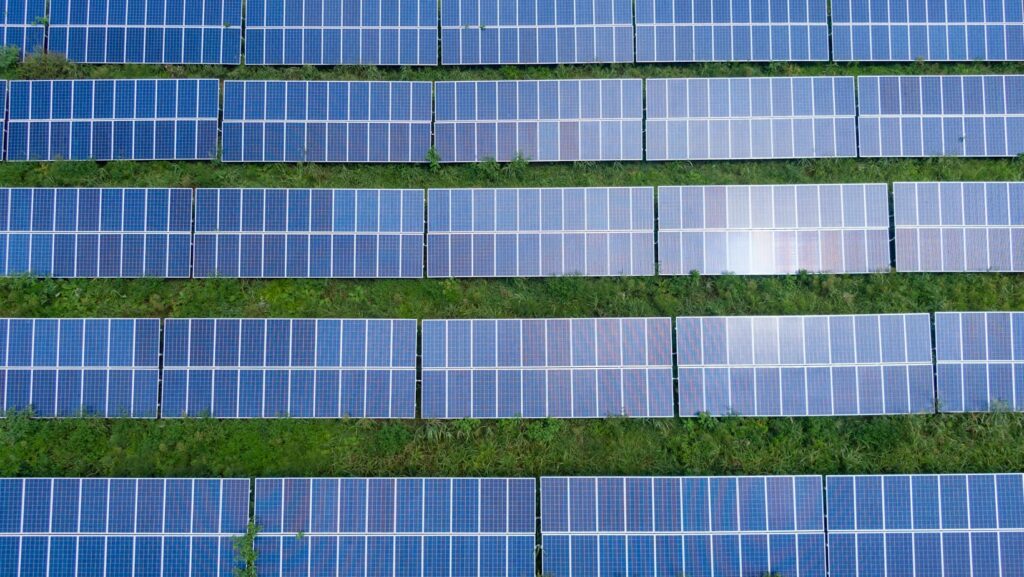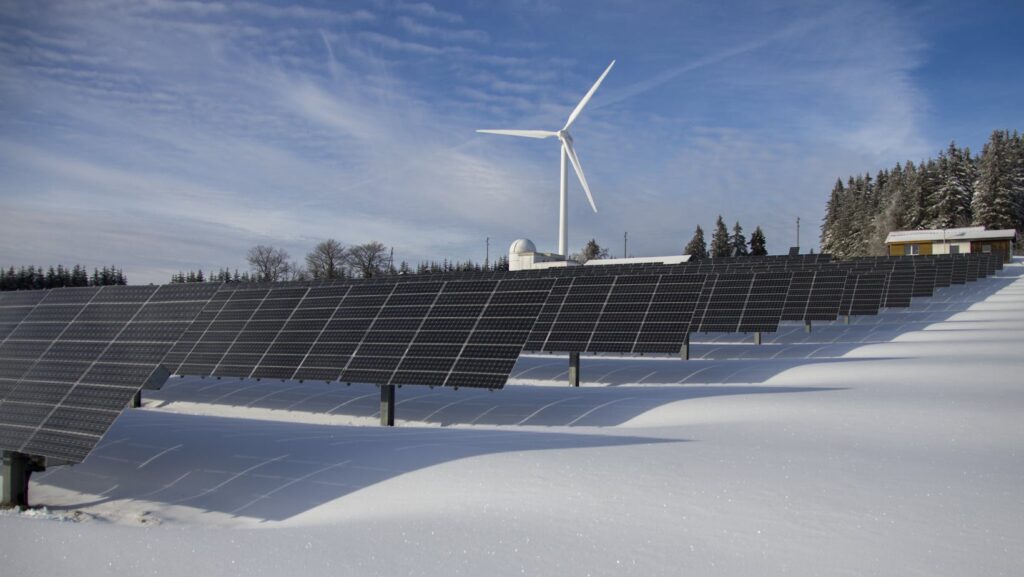In a world where sustainability is no longer a luxury but a necessity, emerging energy technologies are reshaping the way we generate and consume power. They’re offering innovative solutions to our most pressing environmental challenges while fueling economic growth.
Emerging Energy Technologies
In our exploration of groundbreaking energy solutions, certain technologies consistently rise to the fore. Their influence not only impacts power generation, but also our environmental efforts and economic goals. Let’s delve into the dynamics of emerging energy technologies, and how they’re setting new paradigms in the energy industry.
Solar Energy Innovations

Sunlight remains an abundant, yet underutilized, energy source. Recent advances, however, foreshadow exciting prospects for its future use. Researchers focus primarily on enhancing the efficiency of photovoltaic cells to increase the amount of sunlight they convert into electricity. Multi-junction solar cells, for instance, present higher electrical efficiency, by absorbing different color spectra of sunlight. Perovskite solar cells, in turn, promise affordability and ease of fabrication without compromising performance.
Advancements in Wind Energy
Next on the horizon, wind power signifies another vital segment of alternative energy. It’s pivotal role stems from its renewable nature, potential for mass-scale utilization, and significantly reduced ecological footprint. Recent developments emphasize on improving turbine designs and sizes to increase power production. For example, larger rotor diameters capture more wind while fixed offshore wind farms permit utilization of stronger, reliable sea winds. Likewise, smaller wind turbines adapt well for decentralized systems, offering the advantage of local electricity generation.
Impact of Emerging Technologies on the Energy Sector
Economic Impact

Emerging energy technologies fuel a new wave of economic benefits. Solar efficiencies, wind power advancements, and efficient storage systems buttress the rise of green industries, contributing to job creation, increased productivity, and market competitiveness.
Numerous green industries thrive, thanks to the emphasis on harnessing solar, wind, and water power, producing substantial job opportunities. Reliable sources, such as the U.S. Bureau of Labor Statistics, indicate job growth in the green industry surges, with solar photovoltaic installers and wind turbine technicians as the two fastest-growing occupations.
Increased productivity hits the energy sector as photovoltaic cell efficiency peaks, and turbine designs refine. Solar tracking systems, offshore wind farms, and decentralised systems receive continuous improvements.
Environmental Impact
With reference to the environmental efforts, emerging energy technologies call for applause. The improvements in solar, wind, and storage technologies yield sustainable conditions that foster environmental health.
By superseding greenhouse-gas-emitting fossil fuels, renewable energy technologies cut carbon emissions significantly. Case in point, analysis from the International Energy Agency confirms that solar energy is set to become the largest source of low-carbon capacity by 2040, displacing gas and coal.
Key Challenges Facing Emerging Energy Technologies
Regulatory and Policy Barriers
Regulatory hurdles pose major challenges for these novel technologies. Complex permitting procedures, stringent standards, and rigid regulatory structures often slow down technology adoption and implementation. Moreover, the lack of supporting policies and incentives discourages investors from putting capital into unproven technologies. Examples of these barriers include the absence of energy tax credits, lack of subsidies for research and development, and stringent grid interconnection requirements.
Technological and Infrastructure Limitations

In terms of technology and infrastructure, energy storage remains a significant challenge. Larger, more efficient energy storage solutions need to be developed to handle the intermittent supply inherent in renewable energy sources like wind and solar. The current storage systems, mainly batteries, are limited in their capacity to store energy for longer periods and at a larger scale.
Infrastructure constraints, particularly for renewable energy sources, also pose a significant challenge. Existing grid systems, designed to distribute power from centralized sources, struggle to accommodate the variable and dispersed output of renewables.
Pioneering a Sustainable Future
Emerging energy technologies are undeniably shaping the future of the energy sector. They’re driving us towards a more sustainable and efficient world, with solar and wind power leading the charge. Yet, it’s essential to remember that we’re not there yet. These technologies face significant challenges, from regulatory and policy hurdles to technological and infrastructure limitations.

